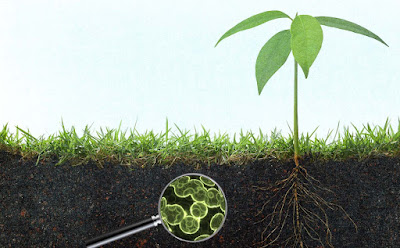Why do microbial fertilizers use Bacillus subtilis?
Microbial fertilizers are more expensive than organic fertilizers because of the addition of biologically active bacteria! Therefore, the role of strains is the most important for microbial fertilizers. At present, the main microbial strains on the market are mainly Bacillus subtilis, so understanding the role of Bacillus subtilis is very important. Today we will take a look: bacillus subtilis Antibiotic effect The antibiotic effect means that antibacterial microorganisms can inhibit the growth and metabolism of pathogenic microorganisms by producing metabolites at low concentrations, thereby affecting the survival and activity of pathogenic microorganisms. For nearly half a century, many effective antibacterial substances have been isolated and purified from the metabolites of different Bacillus subtilis strains. Bacteriolysis The bacteriolytic action of Bacillus subtilis is mainly manifested by adsorption on the mycelium of pathogenic bacteria, and it gro


